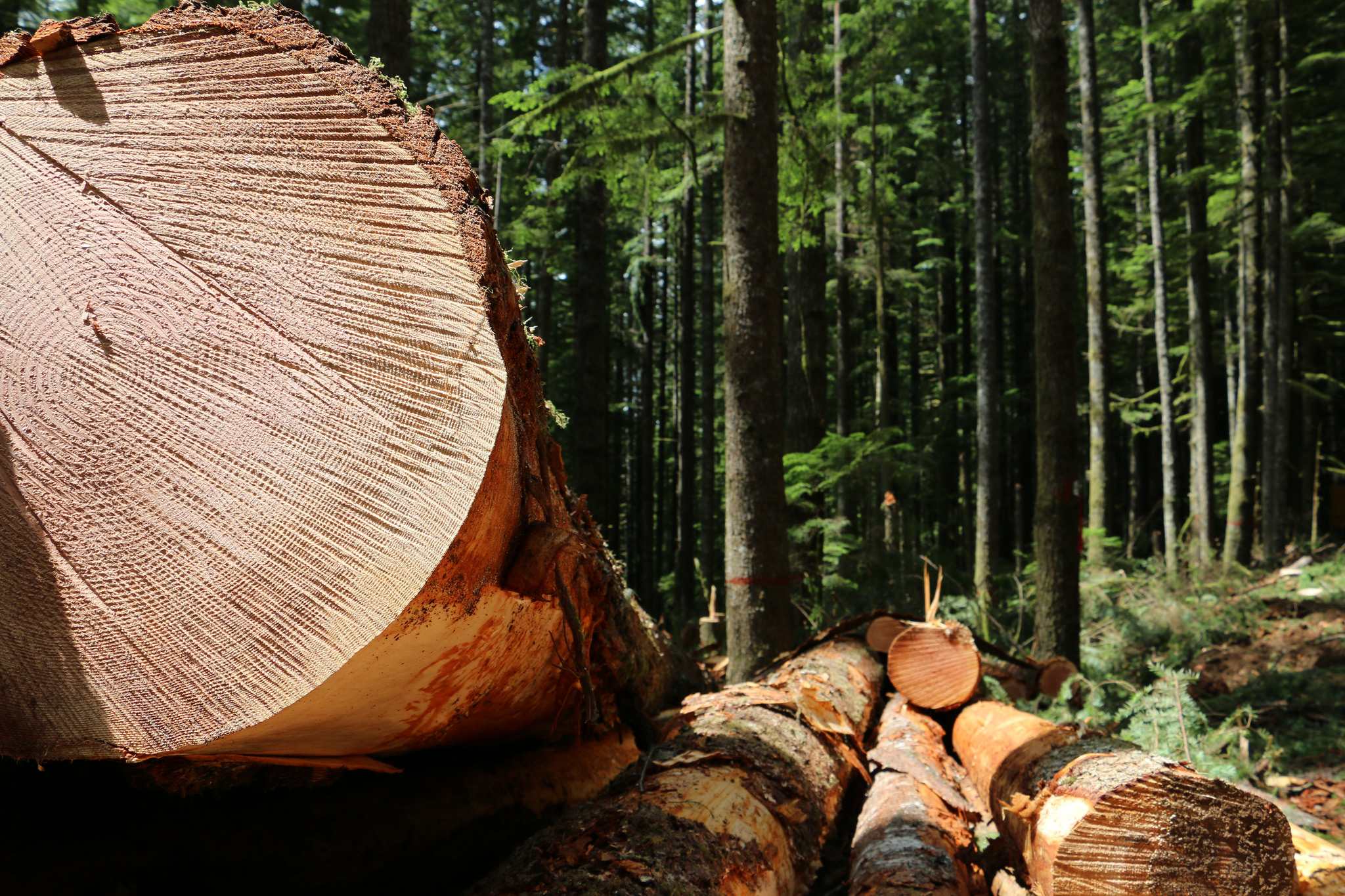Audit shows state forests program overworked and short-changed; new state forester coming; long-term watershed study nearing completion
Contributed by Gil Riddell | AOC Policy Director, AOC Public Lands and Natural Resources
August 26, 2016
A recent audit (issued August 23rd) of the Oregon Department of Forestry (ODF) by the Secretary of State recommends action to address the strain of workforce and programs from major wildfires since 2013. The highest priority for the entire ODF is to suppress wildfires, which have been particularly intense in recent years. The “militia approach” of ODF to fighting these fires draws both personnel and resources from non-fire programs. The audit found that during the last three fire seasons the average number of hours state forests program staff billed to fire protection had doubled to 19,038 hours. It is true that State Forest Division staff on the fire line have their hours paid by the ODF fire program. What is not reimbursed, however, are the hours the division spends on training for fire-fighting, in-kind services and the backfill of temporary employees. The division staffs 30 percent of the incident management team, which requires more non-reimbursed training than that required for forest industry employees. Moreover, the fire protection assessment of state forests is not matched by state general funds, as is the assessment of private forest lands. The audit noted that the division acquires and maintains small and large firefighting equipment within its own budget, and receives less than market rental rates on the equipment use. Routine contributions to firefighting are not tracked, accounted for or reported.
These expenses and foregone revenue add financial strain to a state forest program already on the ropes.
Meanwhile, the Forest Trust Land Advisory Committee, a group of county commissioners representing Oregon counties where county land was transferred to the state to create state forests, met August 25th to learn about the 10 year Trask River Watershed Study. Members of the committee are Commissioners Tim Josi, Craig Pope, Lianne Thompson, Bill Baertlein, Faye Stewart, Will Tucker and Tony Hyde. Broadly stated, the study is to determine the effects of forest management on water quality and fish and wildlife. Begun in 2005, the study has several partners including ODF, Weyerhauser and the OSU College of Forestry, and is designed to run for 10 years. A key question studied is the effect on downstream fish-bearing streams of forest treatments on small non-fish bearing streams. In the 6500-acre Trask watershed, researchers were able to apply various intensities of treatments at different tributaries while leaving some tributaries untouched (“reference tributaries”).
From 2006-11, researchers gathered baseline data; 2011, they upgraded roads; 2012, they harvested all eight watershed basins; and 2013-16, they gathered post-treatment data. The study ends at year’s end, and will enable peer-reviewed publications that may well inform better forest practices.
In its search for a state forester to replace Doug Decker, the Board of Forestry held interviews with candidates August 24 in executive session. They now have two finalists, Mike Cafferata (an ODF vet who came up through the State Forests Division) and Peter Daugherty. They will undergo a facilitated public session September 6, before the new state forester is chosen.
